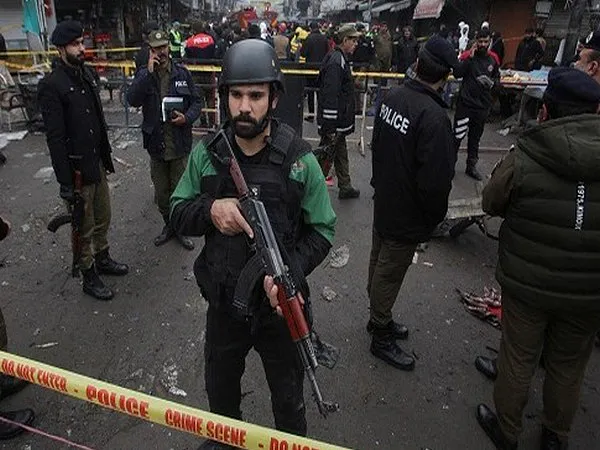The recent surge in attacks in northwest Pakistan’s (KP) Swat District has given rise to the fear that militancy and violence are making a comeback after more than a decade.
The resurgence of Tehrik-i-Taliban Pakistan (TTP) in Khyber Pakhtunkhwa’s Swat has brought back memories of the bloody period of the early 2000s, Global Strat View reported.
“What is more worrying is that the civilian leadership and Pakistan’s powerful security establishment have so far failed to handle the emerging situation in Swat,” the report added.
According to Global Strat View, speculations are rife in Pakistan that the army establishment has allowed the return of some TTP militants in the Swat valley as a part of its ongoing negotiations with the terrorist outfit.
“However, local leaders and human rights activists are seeing the TTP’s resurgence in Khyber Pakhtunkhwa as a devious ploy to create disturbances in the Pashtun areas of Pakistan,” the report added.
Pak media reports said Swat has recently witnessed a fresh wave of insurgency due to increased activities of TTP and targeted killings of militants.
Due to Swat’s close proximity to erstwhile tribal agencies and Afghanistan, terrorist threats are always looming on critical infrastructure and government buildings, particularly schools and hospitals, which are a complex security challenge.
Earlier this month, Pakistan’s State Minister for Law Shahadat Hussain conceded that terror activities had witnessed a sharp increase.
The highest number of terror incidents in Pakistan this year was recorded in September, said an Islamabad-based think tank pointed to the resumption of attacks by the outlawed TTP.
The number of terror attacks increased in September compared to August this year, the Dawn said in an earlier report citing the Pakistan Institute for Conflict and Security Studies (PICSS).
September witnessed 42 militant attacks with an increase of 35 per cent compared to August. The Pakistani think tank also observed an increase of 106 per cent in violence in erstwhile Fata and KP.

